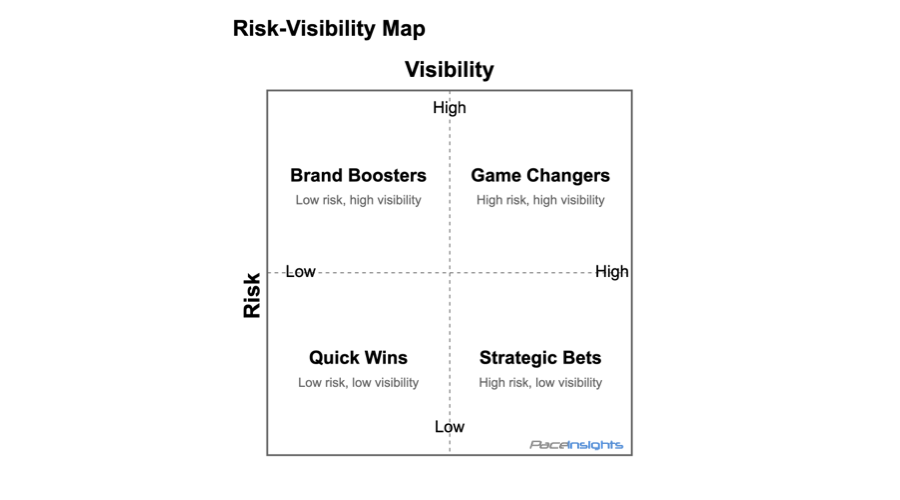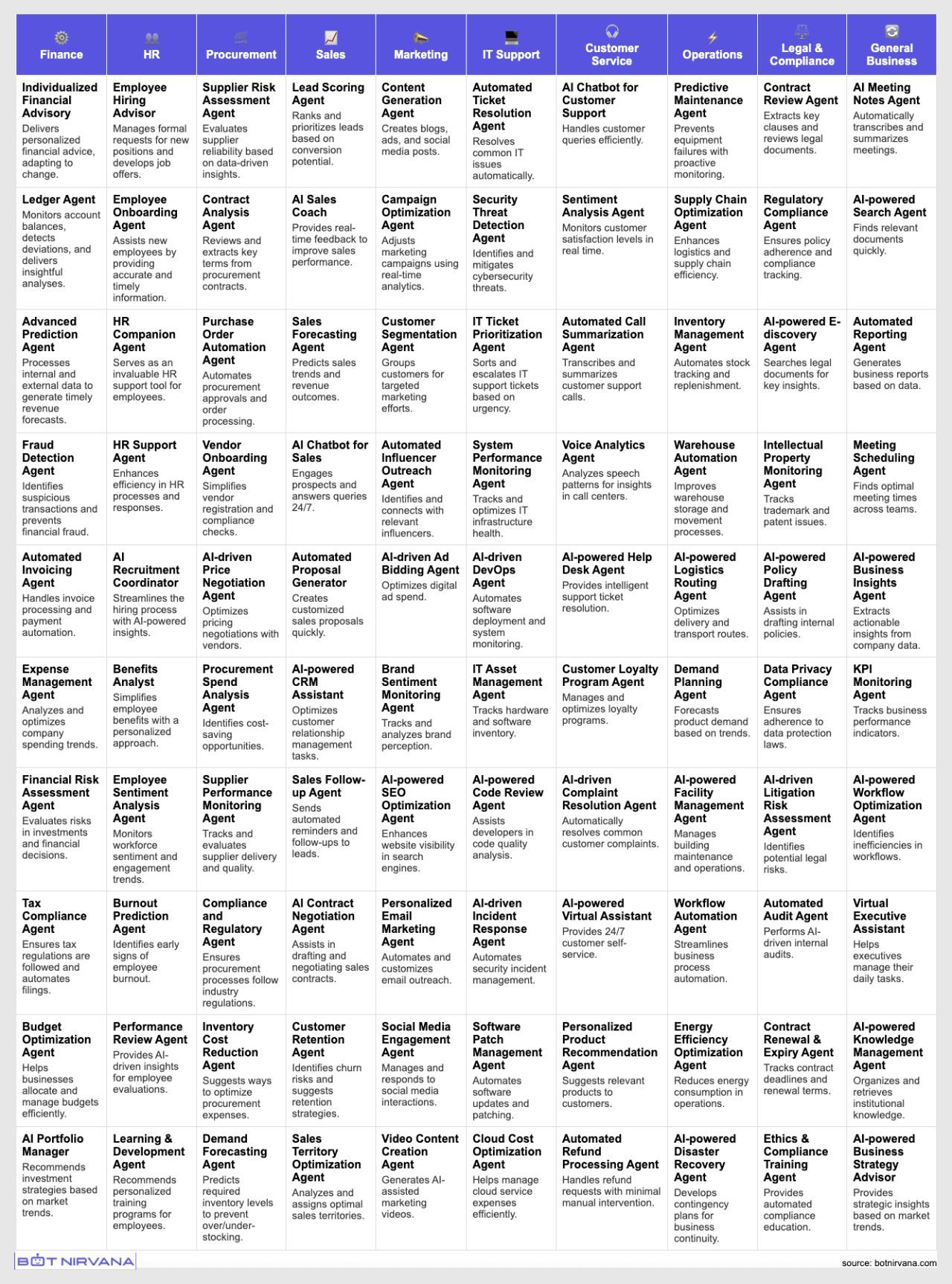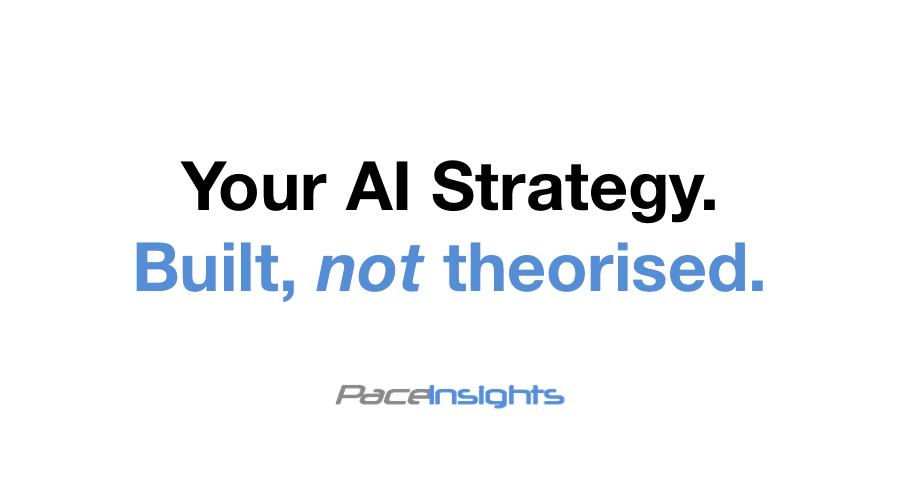· Strategy · 5 min read
John the Dairy Farmer
A story about electricity, cows, and (maybe) AI. How digital transformation parallels the leap from candles to electricity, and what it means for business owners today.

John the Dairy Farmer
A story about electricity, cows, and (maybe) AI.
Let me tell you a story. It’s about a man called John.
John’s a dairy farmer in the late 18th century. His farm works. He gets up early, milks the cows by hand, keeps warm with logs from the farm next door, lights his home with candles, and gets the news from Trevor, who delivers the paper every morning. He writes letters, handles cash—even if it’s a bit muddy—and runs things just fine, thank you very much.
John’s not stuck in the past. He’s successful. He knows how everything works. He’s content. He doesn’t see why anything needs to change.
Now—you are the salesman. You’re trying to sell him electricity.
Of course, you already know how this story ends. But go with me—this is the best analogy I’ve got!
When you start talking about electric light, he tells you he has candles. Heating? He’s got a roaring fire. Radio? He has Trevor. TV? He prefers his imagination. Electronic mail? He chuckles—he’s got envelopes and stamps. And as for digital money? He finds the whole idea ridiculous. What if the screen breaks? What if there’s a power cut? At least real coins don’t disappear in a thunderstorm.*
He’s not being difficult. He’s just practical. And sceptical.
What you’re offering sounds like more risk than reward.
At first, you keep throwing ideas at him—faster this, easier that—but nothing sticks.
You realise that you need to switch tack and help John see this like you see it.
It’s not about features. It’s about solving his problems.
Not “here’s a brighter candle,” but identifying friction in his work—some of which he won’t even consider friction, as that’s “just part of the job.”
Conversation nearly lost, you gently ask:
What takes up too much of your time?"
"What’s causing you stress?"
"What would you like to do more of if you could?"
"Where’s the waste?"
"What’s holding back your best milk?
John doesn’t know what electricity can do. But he knows his problems. So he starts talking.
Milking by hand is slow and tiring. Getting to market is hit and miss. He sometimes has to throw away unsold milk. Customers don’t always come back. And keeping track of orders? Bit of a mess if he’s honest.
Curious about why you’re asking him, he starts asking you questions in return.
Could this electricity thing help with milking? With admin? With tracking orders?
Could it stop him tipping good milk down the drain?
The penny drops.
Electricity will enable John to get more done for less.
A milking machine saves time and wages. Soothing music calms the cows—which, bizarrely, also makes the milk taste better. Electronic pre-orders give comfort and help reduce waste. Better margins mean new investment. He starts selling cheese made from surplus milk. Then a yoghurt machine opens a whole new market: Tokyo gym-goers who (apparently) are after high protein, low fat.
He didn’t reinvent the farm overnight. But over time, he transformed it.
It wasn’t magic. It wasn’t easy. It took trial and error, and more than a few false starts.
And it’s not all upside. He doesn’t get to catch up with friends at market as often. Some tasks he used to enjoy have disappeared. A few local workers he once hired aren’t needed anymore. Any there’s still a fair bit to manage—it’s just different.
But there’s also a new swimming pool where the old barn used to be. A bigger turkey at Christmas, with better wine. Trips abroad.
He didn’t ask for change. No one did.
But once it came, he chose to shape it, rather than let it shape him.
Now swap electricity for AI.
AI isn’t a brighter candle.
It’s digital labour.
It’s like hiring someone smart, tireless, fast—but who is initially clueless about you and your business!
You know they can write, decide, summarise, support you. But only if you treat them like you’re briefing a real staff member—not trying to trick Einstein.
Don’t ask, “What can AI do?”
Ask yourself, “Where am I wasting time?”
Then ask ChatGPT, “How could you help me with this…?”
Because you’re not looking for brighter candles.
You’re looking to:
- Delegate admin you shouldn’t be doing.
- Improve marketing speed and clarity.
- Automate customer support with empathy and precision.
- Build repeatable systems that scale what works.
- Strategise better about your business future.
Yes, AI tools have quirks. So did electricity.
But they give you leverage—when you start using them properly.
Not for jokes. Not for poems. For strategy.
To improve how you operate. To explore what’s possible.
Just like in the 18th century, the rules of the game have changed.
Electricity didn’t make John successful. He already was.
But without adapting, his farm might have survived as an artisan or lifestyle business—but his original peers went on to build the modern food system.
Same now.
So don’t wait for proof. Don’t wait for perfect.
Just start. Thoughtfully. Usefully. Strategically.
List out what doesn’t need your judgement, creativity or relationships.
Drop that into ChatGPT.
Then talk to it like you would a peer.
You never know—before long, you might be selling your own version of John’s Tokyo yoghurt.
Good luck.
Let me know what you think in the communty…
*Yes, I realise we’ve jumped a few decades—but I’m sure you get the point. 🤣




